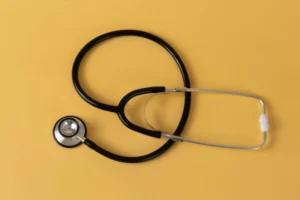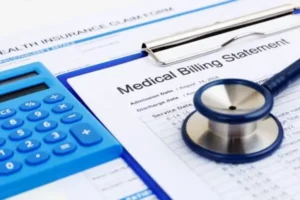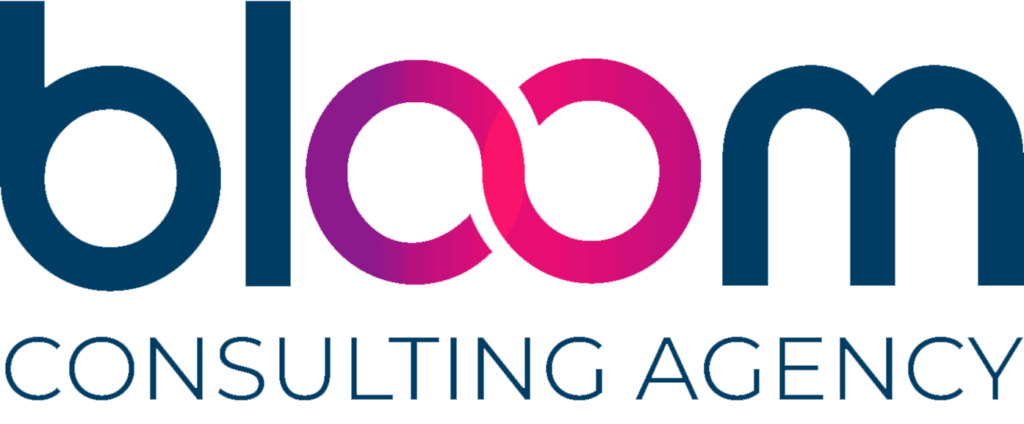Improving the accounts receivable process must be the primary goal of the administration of every healthcare practice or facility. Furthermore, the healthcare industry relies on cash flow to meet its obligations, just like any other business today.
But, unfortunately, Intuit says, “… 60% of business owners have faced cash flow issues.” So, in keeping with the importance of the revenue cycle, management screams collections, but what does that mean? Consequently, accounts receivable is cash flow, which keeps the practice in business.
The Accounts Receivable Process
Cash flow is the fuel for any organization, business, or enterprise. In addition, healthcare practices and facilities experiencing growth in patient numbers still need help collecting payments from their patients. Furthermore, the accounts receivable process encompasses billing payers, invoicing patients for services, and collecting revenue.
Finally, it is paramount to establish successful functions within the process to maintain the fundamental assets that pay the staff and keep the practice in business. Communication between the billing department and management must include a clear understanding of what the accounts receivable process includes.
Equally important, management screaming collections will not help guide the cash flow’s essential components into a productive cycle that produces the needed assets. Instead, providers, administrators, and billing departments must work together to achieve a stable and functional cash flow. Subsequently, once a clear understanding of the bottom line is in place, all forces can work together to streamline all processes for optimization.
Strategies for Effective Accounts Receivable Collections
The current assets of any healthcare practice or facility are the entire value of patient payments, insurance reimbursements, and contracted payments. However, if the critical components of the collection of fees are interrupted, errors in billing occur, or patients are not making their payments, disruptions in cash flow occur. Subsequently, exploring the processes involved in cash collection can identify where problems can exist. Therefore, keeping the accounts receivable process under a microscope can eliminate cash flow problems.
Begin the Accounts Receivable Process Quickly
Time is of the essence in the accounts receivable process. First, scheduling and registration must establish the expectations of the practice or facility to obtain payment for services rendered. In addition, the collection of copays must occur.
Secondly, the providers and management must understand that to ensure cash flow begins immediately; the billing process must start immediately. In addition, the tools needed by the billing department must be in place for a streamlined billing process. Finally, beginning the billing process as early as possible is essential for timely cash flow.
Run Reports to Identify Current Cash Flow Problems
Once the foundation for a streamlined accounts receivable process is in place, an audit of the collection of payments can find challenges causing cash flow disruptions. For example, electronic health record software has reports capability to identify aging cash flow timelines.
In addition, the A/R aging report can determine the payment status of the existing patients already billed. Finally, recognizing the aging of current accounts can identify where cash flow problems exist with the current patient population.
An accounts receivable aging report will identify and group together patient accounts outstanding by the number of days since an invoice was issued, such as the following example:
- 0-30 days
- 31-60 days
- 61-90 days
- 90 days or more
Invoice Generation
Once insurance reimbursement is collected, patient responsibility must be invoiced. Therefore, generating a patient invoice is vital to the accounts receivable process. In addition, invoices are an essential tool for collections. Finally, the dialogue communicated on the invoice sets an expectation of payment.
Management must include the following information on the actual invoice for payment:
- An expectation of payment upon receipt of the invoice, for example, payment is due upon receipt of the invoice.
- Methods of acceptable payment, cash, credit, check, self-payment on the website payment portal, or phone-in payment.
- A clear description of services rendered, including date of service and codes with diagnoses and fee charged, as well as any insurance payment and adjustment.
- The link to a payment portal, phone number to call in payment, envelope for mailing in payment, and address to send remittance.
- A message concerning payment arrangements is available, and if someone cannot pay, they can contact the office.
- Lastly, offer an incentive for prompt payment -5% off the balance if payment is within 30 days of the invoice date.
Establish Simple Processes for Invoicing Reminders
The account receivable process doesn’t end with sending an invoice. First, contacting clients 15 days from the invoice date by automated text, email, or automated message can enhance regular collections.
Secondly, once accounts are past 30 days, the collections team must make contact for a payment arrangement, receipt of the amount due, or suspend future visits until settlement occurs. Finally, employ a collections team to handle overdue accounts and work with a collection agency.
Encourage and Maximize Payment through a Patient Portal
Patient portals are excellent customer tools to provide patient satisfaction and convenience. Consider the added convenience if the patient base can make payments in a portal on their own, and at any time; that’s half the battle. In addition, patients who can check their test results and balances online and other pertinent health information are more engaged. Finally, automated processes reduce labor costs and increase patient satisfaction scores.
Find Help Identifying Problems with Accounts Receivable Process in Florida
When your healthcare practice or facility experiences challenges in improving cash flow, reaching out to experts can lead you in the right direction. For example, Bloom Healthcare Consultants in Florida are readily available to assess your current situation to make solid recommendations. In addition, time is money, and our professional consultants have a proven track record of identifying and evaluating what can improve cash flow quickly.
Finally, contacting our team just takes a phone call or email.









